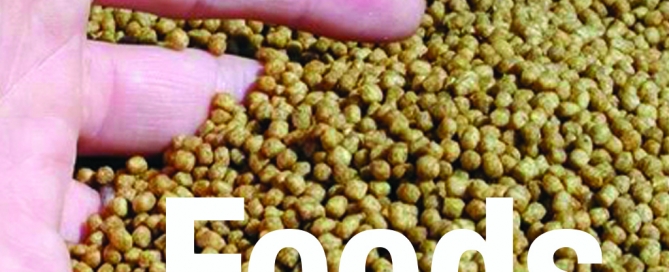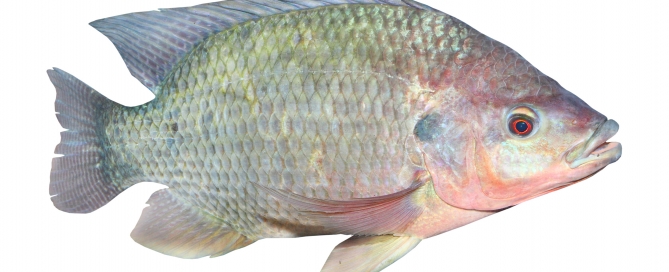Abstract
This study evaluated the effect of the inclusion of chia bran in the diet of Nile tilapia on the composition of n-3 fatty acids (FA). Omega-3 fatty acids provide health benefits such as reducing the risks of coronary heart disease, hypertension and inflammation, and the precursor alpha-linolenic acid is considered strictly essential because it cannot be synthesized by humans, therefore must be ingested. Tilapias grown in tanks for a period of 45 days were treated with diets supplemented with either soybean oil (TI) or chia bran (TII). Proximal composition analysis of the feeds showed no significant difference. Feed FA quantification showed that the chia diet (TII) had a higher alpha-linolenic acid (LNA) content. A significant increase was observed in the concentrations of LNA (8.38–81.31 mg 100 g−1 fillets), eicosapentaenoic acid (1.12–1.56 mg 100 g−1 fillets) and docosahexaenoic acid (19.55–26.55 mg 100 g−1 fillets) in tilapia fillets between 0 and 45 days for TII. Total lipids at 45 days under TII were fractionated into neutral lipids (67.66 %) and polar lipids (18.90 %). Thus, dietary supplementation with chia bran contributed to raising the nutritional quality of Nile tilapia fillets.
Click HERE for link to original article.


